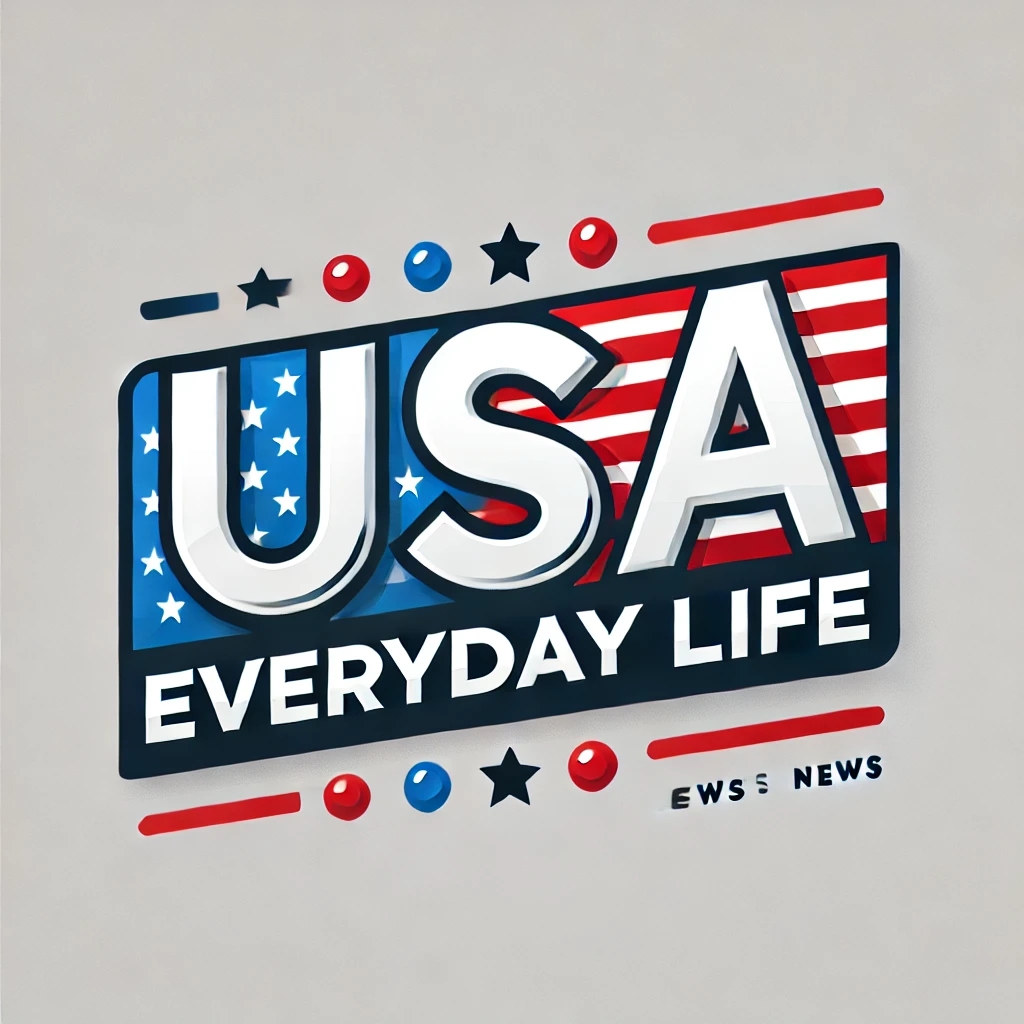Investors should not waste any time moving out of excess cash ahead of the anticipated Federal Reserve rate cuts, many on Wall Street are warning. The central bank is expected to start decreasing rates at its meeting next week after being on pause since December. The market is pricing in 90% odds of a 25 basis point, or 0.25 percentage point, cut in September and 10% odds of a 50 basis point decrease, according to the CME Group’s FedWatch tool . Yields on cash instruments, like money market funds, high-yield savings and certificates of deposit will soon follow. The Crane 100 list of the 100 largest taxable money funds currently has an annualized seven-day yield of 4.10%. “The time to put cash to work is now, as the Fed looks set to resume rate cuts in September and rates in much of Europe are already low,” UBS said in an Aug. 25 note. Investors have been flooding into cash investments thanks to their attractive yields. Money market funds alone currently have $7.26 trillion in assets, as of the week ended Sept. 3, according to the Investment Company Institute . That is a record, despite the looming rate cuts. “As the Fed prepares to resume its anticipated interest rate cutting cycle, we are encouraging investors to gain exposure toward more yield-oriented investments and to diversify away from excess cash and cash-alternative positions,” Luis Alvarado, Wells Fargo global fixed income strategist, wrote in a note Monday. Understand cash needs Still, cash can also act a diversifier and mitigate volatility within your investment portfolio, said Gargi Chaudhuri, chief investment and portfolio strategist at BlackRock. “For many investors, even though cash rates may be going down as soon as later this month, if you’re still getting something that’s significantly above inflation — let’s say inflation is running at 3% — you might be quite satisfied with that because it’s just a placeholder until you move that to something else.” You’ll also need money set aside for emergencies and any short-term needs. Certified financial planner Sophia Bera Daigle suggests those in a dual-income household have three months of net pay set aside for emergencies. For one-income households, she advises six months. She would keep aside additional cash for any large upcoming expenses, like travel or home renovation projects. “I always recommend a high-yield savings account as an easy way to earn a little bit more on your money than you would in a checking account but without the risk you would have in a brokerage account, for example,” said Daigle, founder of Gen Y Planning and a member of the CNBC Financial Advisor Council . That said, with those rates set to decline, it could be a good time to lock in income with CDs, as long as you know your time horizon, she said. If you pull the money out early, you could be subject to a penalty. Where to move excess cash Daigle suggests dollar cost averaging into a mix of stocks and bonds through index funds. The split could be 60% stocks and 40% bonds, or a 70/30 approach, depending on your risk tolerance, she said. “We’re willing to take a little bit more risk than we would with cash. We don’t expect 7% or 8% or 9% returns but we’d like to make something in the 5% or 6 % range,” she said. “That is where the balanced portfolio can be helpful and then you’re not dealing with as many of the big swings than you would in the equities market.” For those seeking income, UBS sees opportunities in quality bonds, like investment-grade corporates and other high grade assets. “We believe investors should focus on medium-duration bonds, as longer-duration bonds may face risks from fiscal policy, questions around the Fed’s independence, and upcoming inflation prints,” said Mark Haefele, chief investment officer at UBS Global Wealth Management. Meanwhile, Vanguard has different fixed-income options depending on your objective. Rebecca Venter, a senior fixed-income product manager at the firm, suggests investors who need liquidity take a tiered approach — stretching across cash-equivalent investments to short-duration bonds. She agrees money market funds and high-yield savings, as well as short-term Treasury Bill exchange-traded funds, are good for immediate spending needs over the next couple of months. The next tier is spending expected in about a year and for that category, she suggests an ultra-short bond ETF. For spending needs between one and three years, she would stick with a short-duration bond fund, like the Vanguard Short Duration Bond ETF (VSBD), which it launched in April. The ETF has a 30-day SEC yield of 4.41% and a 0.15% expense ratio. VSDB mountain 2025-04-01 Vanguard Short Duration Bond ETF since it’s April 1 inception. Then, for those who have a large equity allocation and are looking for a diversifier, Venter suggests a heavy focus on intermediate-term U.S. Treasurys. Investors can move beyond and include investment-grade corporates and a small allocation to emerging markets and high yield if they are looking for a higher total return from their fixed-income portfolio. Income-seeking investors can focus more on high-yield corporate bonds, emerging markets and structured products, in addition to keeping some exposure to corporate bonds and Treasurys, Venter said. “It comes with a bit more credit risk in most cases, but in return for a hopefully much higher level of income,” she said. (Learn the best 2026 strategies from inside the NYSE with Josh Brown and others at CNBC PRO Live. Tickets and info here .)
